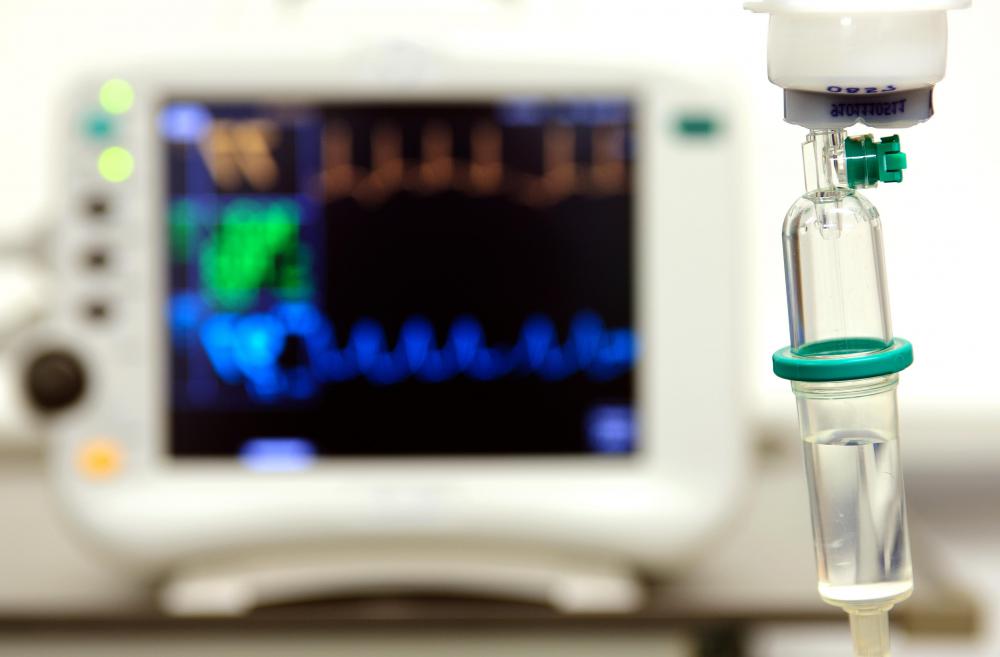At TheHealthBoard, we're committed to delivering accurate, trustworthy information. Our expert-authored content is rigorously fact-checked and sourced from credible authorities. Discover how we uphold the highest standards in providing you with reliable knowledge.
What are the Different Types of Endoscopy Sedation?
Endoscopy sedation is given to relieve the physical discomfort and anxiety that often accompanies an endoscopic screening test. Some endoscopic procedures do not require the administration of sedatives. Most people receive either conscious or moderate sedation, deep sedation, and on rare occasions general anesthesia may be used before an endoscopic examination.
Conscious or moderate sedation is normally utilized for procedures like proctoscopy, enteroscopy, or colonoscopy. The patient is awake and able to verbally respond to questions during the exam. A combination of painkillers and sedatives are intravenously (IV) administered shortly before the procedure begins. These drugs will cause an altered perception of the experience that eliminates any discomfort and anxiety during the screening.

Deep sedation is often recommended for an esophagogastroduodenoscopy, which is a screening exam of the upper gastrointestinal (GI) tract performed to diagnose disorders of the stomach, esophagus, and duodenum. A patient undergoing deep sedation can be roused from sleep in response to extremely painful sensations. During deep sedation, the patient often has difficulty breathing and may need oxygen administered through a nasal canula.

A hypnotic agent called propofol is frequently used to cause deep sedation. It causes a greater level of unconsciousness than the sedative used for conscious sedation. The propofol is irritating to the lining of the blood vessels, so it may be mixed with the numbing agent lidocaine before it is injected. It may cause low blood pressure and cause the patient to stop breathing. Careful monitoring of the patient’s vital signs will be done by attending medical personnel.

General anesthesia may occasionally be used for some endoscopic procedures if the doctor deems it necessary. The anesthesia medications put the person into a deep sleep. A person under general anesthesia will not be responsive to painful stimuli or have the ability to breathe without a ventilator. This type of anesthesia is more risky and requires the presence of an anesthesiologist.
Side effects of endoscopy sedation usually pass within a few hours of the procedure. Many people report a headache, accompanied by nausea or vomiting. After effects of general anesthesia take longer to wear off, and have an increased incidence of unpleasant side effects. The medications given to cause endoscopy sedation and anesthesia usually erase any memory of the screening. Anyone receiving endoscopy sedation will need to be driven home and is advised not to make any important decisions or sign any legal paperwork within 24 hours of the procedure.
AS FEATURED ON:
AS FEATURED ON:













Discussion Comments
I am thankful for any sedative they give me when I am having a procedure like this done. I know that some people can tolerate it better than others, but I don't want to have any idea of what is going on.
I have had one endoscopy and was sedated for it, so it really was no problem. I cannot imagine someone having an endoscopy without sedation. Even thinking about them inserting a tube from my throat all the way down to my stomach makes me hurt.
Many people like my Dad want to be conscious so they can see what is happening around them, but I know I would probably pass out anyway, so they might as well just give me the sedative.
Post your comments